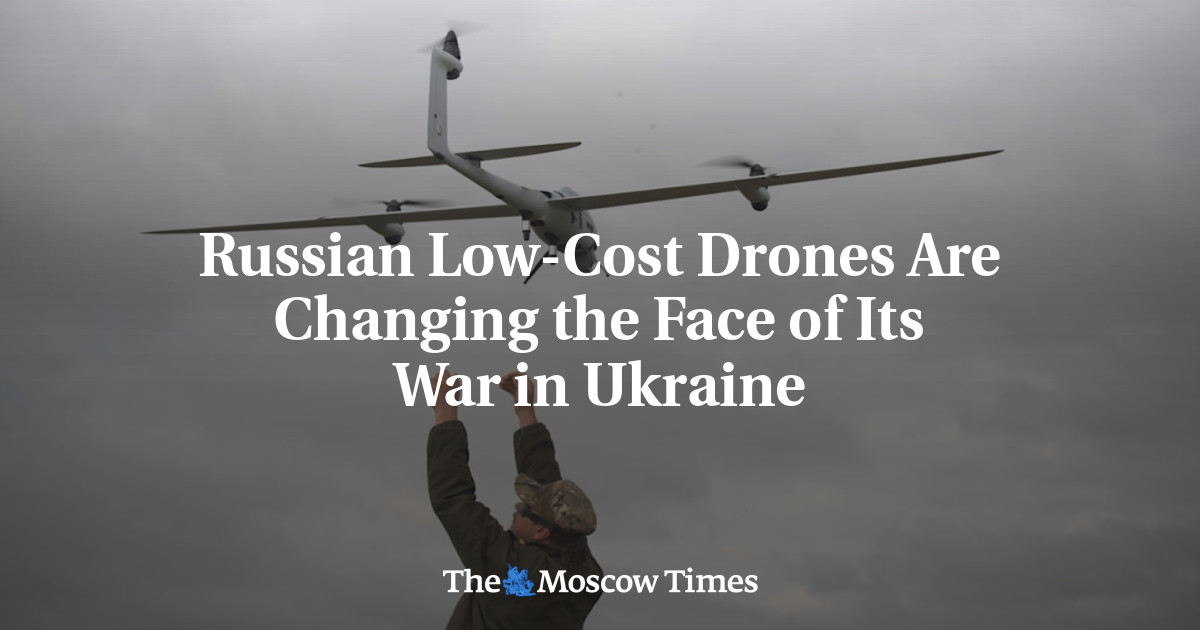KHERSON REGION, Ukraine — At 11:00 in the morning, our car pulls onto the M-14 highway linking Mykolaiv and Kherson. “We’re lucky today,” says my guide, local journalist Svitlana Horevaya, pointing at the grey, drizzling sky. “That makes it harder for the Russian drone pilots to kill us.” The M-14 is now Kherson’s only reliable connection with the rest of Ukraine. This critical supply line has been within the range of Russian drones since mid-July — but alternative routes are even more exposed to artillery and drone (UAV) attacks. “For Kherson, this is a serious logistical challenge,” Horevaya explains. “All supplies — food, humanitarian aid, medicine — everything passes along this road. This includes passenger transport. ... If this road comes under heavier fire, things could get desperate.” The widespread use of first-person-view (FPV) drones, cheap devices assembled from off-the-shelf components, has transformed modern warfare since Russia’s full-scale invasion of Ukraine.
Continue Reading on The Moscow Times
This preview shows approximately 15% of the article. Read the full story on the publisher's website to support quality journalism.
